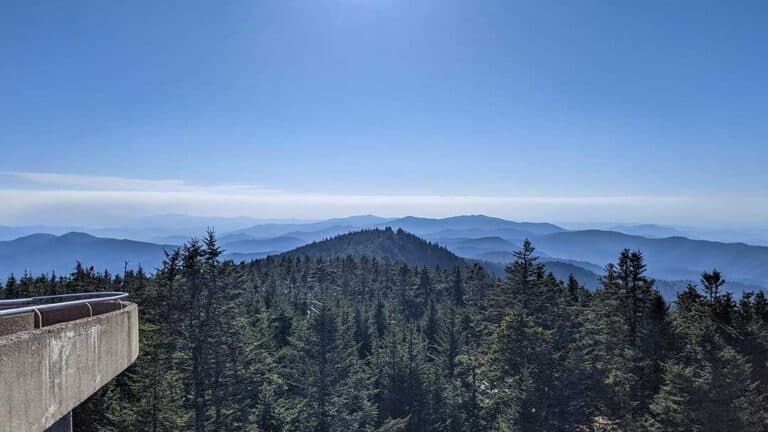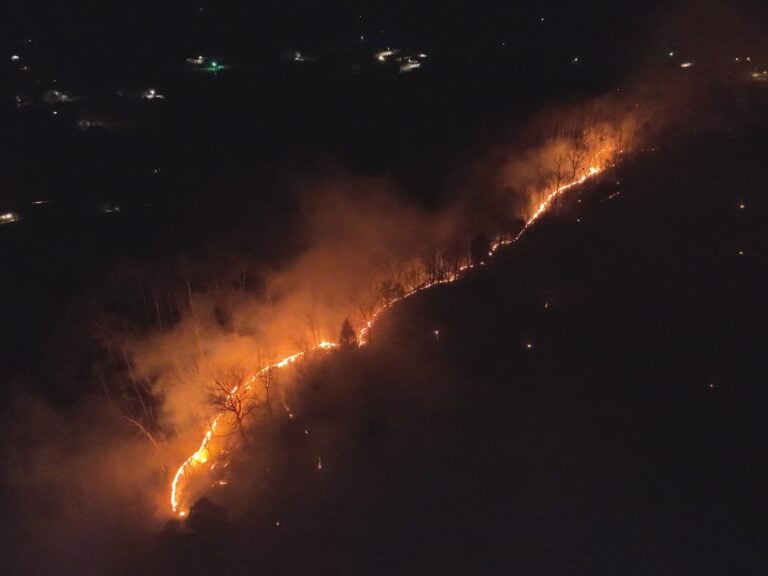The town with no wi-fi or cell phones, Green Bank, W.Va., is home to one of the world’s largest radio telescopes searching for alien signals
Lodged in the valley of the misty Allegheny Mountains in West Virginia, the Green Bank Telescope sits royally in the middle of a field, its giant dish pointed towards the sky to catch radio waves emitted from space. These naturally occurring radio waves tend to be very weak and can come from as far as fourteen million light years away.
That is why the Green Bank Telescope, part of the Green Bank Observatory, sits in this valley. The mountains act as a convenient natural barrier against radio interferences from surrounding cities, allowing the telescope to do its intergalactic research peacefully.

What’s being done there?
The Green Bank Telescope (GBT) is the largest fully steerable radio telescope in the world: 485-foot tall making it higher than the Statue of Liberty. It has a 110-meter dish that has a surface area of 2.3 acres. That means you could easily fit two football fields in there.
While there are other larger telescopes out there, the GBT is unique: this 17-million pound metallic structure can rotate 360 degrees in only nine minutes, which means it can cover 85 percent of the sky.
“The GBT is in kind of that happy little medium where if you have a smaller dish you can cover more sky, but you don’t have as much sensitivity,” says staff scientist Andrew Seymour. And the more sensitivity means the more radio waves you can detect.
“So you’re right in that curve between sensitivity and sky coverage.”
Seymour recently helped in the discovery of mysterious bursts of radio emission, called Fast Radio Bursts (FRB), which may be coming from near another galaxy’s black hole. The telescope is also used by universities across the country and by Breakthrough Listen, also known as SETI—Search for Extra-Terrestrial Intelligence.
SETI takes up 20% of the telescope’s time. “SETI has a back end on the telescope that’s constantly recording and trying to detect signals, like FRBs, but it’s looking for techno-signatures rather than natural-occurring events.”
Technosignatures, or technomarkers, are non-natural measurable signs that indicate the presence of past or present technology: signs that could prove the presence of an alien world.
“The whole idea of using a radio telescope to search for signals from other civilizations was launched right here in Green Bank in 1960,” says Sue Ann Heatherly, senior education officer at Green Bank Observatory.
The project was sustained for Green Bank in 2016 by a $100-million donation from Israeli-Russian entrepreneur and physicist Yuri Milner. Breakthrough Listen is part of the greater Breakthrough Initiatives, a scientific program that Yuri Milner started in 2015, dedicated to the investigation of this question: are we alone in the universe?
Along with two other telescopes, Green Bank will help provide a complete survey of the one million nearest stars, the center of our galaxy, and the 100 nearest galaxies.
Who would have thought that this West Virginia town, away from everything and kept out of sight by lengthy, lacey mountain roads, is home to futuristic science looking at one of the biggest questions humanity has ever wondered?
How do you listen in on space?
For all of these groundbreaking projects, the telescope needs to detect very sensitive radio emissions, and the Allegheny Mountains are sometimes not enough against strong artificial radio waves.
Anything from cell phones, digital cameras, smart watches, tablets, FitBits, TVs, Wi-Fi Internet, or microwave ovens can interfere with the telescope. It can come from more unusual sources too, says Green Bank tour guide Rebecca Anderson. “For example, we picked up interference from faulty wiring in someone’s doorbell once, so we just went down and fixed the doorbell for them. Simple as that.”
Another way against interferences is through the National Radio Quiet Zone: a 13,000-square-mile national preserve for radio astronomy, which covers a part of West Virginia, Virginia, and Maryland. In this zone, cell phone towers are more regulated. So technically, there is cell phone service in the Quiet Zone: just not in Green Bank, where there are only about 145 inhabitants. The closest place to get cell phone service is about 45 minutes south and only if you have AT&T.
Donnie Ervin is a Green Bank resident and works at Trent’s, a local general store. He does not seem to mind the cell service situation: “Not a whole lot has changed. It’s pretty much the same as it was when I grew up, but I like it here. I like the quiet. I like it just the way it is.”
So, no hard feelings against the Observatory?
“I like the Observatory being here,” he says. “Growing up around it, it’s just part of the community. And when I was a kid, I used to take school trips there. They do some pretty interesting stuff. I love to read the articles whenever they find something new.”
All in all, life might be a little slower and somewhat stuck in the past at Green Bank. But everyone seems to be willing to take a small step back on modern technology if that means helping Green Bank Observatory make great leaps forward for science.







